
OR

Usha Pokharel
Usha Pokharel is an educationist and author of several children’s books.usha@pokharel.net
One night your four-year-old starts complaining about achy legs. You notice your child clutching her shins. Of course, you are worried. At the same time you also remember that a few days ago the same thing had happened and you had yelled at her, thinking, it was some kind of excuse, for not going to sleep and watching TV. You are aware that your child didn’t fall. You are confused as to what possibly could be wrong. Yes, you do remember, that your child had a more than active day the day before. Still, you are tempted to think they are just trying to be difficult and that being a little over active should not make a big difference.
Then again you also think, ‘Now, this could not be a coincidence, there has to be something,’ and you are a bit worried. You are hoping it is not something unusual that your child is going through. You rub the area of pain with trepidation and gradually your child falls asleep. You are troubled at your child’s misery. So the next day you consult your family doctor and he tells you that it’s ‘growing pains’! Yes, growing pains indeed! Never heard of something like that?
So what exactly is growing pain? I am sure all parents want to know. Growing pains are not a disease and probably you will not have to take your child to the doctor either. Children get growing pains. Surprised? Don’t be. These pains occur in 25 percent to 40 percent of children. Contrary to popular belief, the pain is not related to big growth spurts. Most active children get them between the ages of 4 and 5, or 8 and 12. They get growing pains in their legs. Usually, both legs hurt.
These pains usually start right before bedtime, and in the muscles and not the joints: like the front of their thighs, their calves, and their shinbones or behind their knees. It’s always in a long bone. Although these pains strike in late afternoon or early evening before bed, they can sometimes wake a sleeping child too. Depending on a child’s threshold for pain, the intensity of the pain varies. Parents need to know if it is okay for a growing child to have growing pains.
You might consider growing pains as aches and discomfort from too much jumping around that children do.
Sometimes the pain may be limited to just one leg. Parents also need to know that growing pains do not cause limping. Pains may continue for months or sometimes even years. There is no pattern to it. It might be very frequent, as like every night, if the child is very active. But they might not have these pains every day either, may be just a few times a week. Most children outgrow these pains as they grow. Okay, so how do you handle it?
Before that, parents need to know if the pain really is growing pain. One clear indication of growing pain is the way a child responds to touching the painful area. Usually children who have pains from a serious medical cause do not like to be touched. Even a gentle touch is extremely painful for a child. Children with serious injury will not let you handle them. Now if the child feels better after massaging the area, go ahead and gently massage, cuddle and you can even apply cold compress or heating pad in the area and a lot of tender loving care. These pains last for 10 to 15 minutes. If the pain is too much, you might even consult your doctor. In the meantime make sure that your child has enough liquid to drink, especially if it is hot and your child has spent plenty of time playing outside.

You must have heard your elders say growing pains occur because children are growing and their bones are also growing. Actually bone growth has not been proven as a cause for growing pains. But rest assured that there is nothing terribly wrong with your child. Instead you might consider growing pains as aches and discomfort from too much jumping, climbing and running that active children do during that period of growth. Children have a tendency to overdo things, not understanding the outcome of those activities. Hence it is sometimes necessary to suggest to them that they limit their activities.
Parents, please note, growing pains are all about growing up. Also that growing pains do not usually occur in children younger than four and older than fourteen. Also keep in mind that pain in arms is not very common, but may sometimes occur in connection with leg pain. So if your children outside this age group complain of leg pains and in areas other than legs, it might be a good idea to consult your doctor. If your child complains of localized joint pain, chances are it is not growing pain. At the same time if your child has fever, swelling, limitation of movement in the joints, changes in skin color and the pain lasting all day, please consult your doctor.
Finally, always keep in mind that growing pain is something that always occurs in the evenings and nighttime and not during the daytime. Chances are that the pain might even wake up your child at night. But this pain does not interfere with usual playground, recreational or sports activities. However too much of these activities might trigger the pain at night. Oh, and always keep handy some kind of muscle rub, heating pad or cold compress and may be mild nonprescription pain medication. Of course you will need to consult your doctor regarding the kind of pain medication to administer to your children during these pains. Now that you have the information, you will be more prepared to handle growing pains, if your child complains of them. Don’t you think so?
The author is an educationist and author of several children’s books
usha@pokharel.net
You May Like This

Infographics: India’s growing farm crisis
Record high fuel prices and the surging costs of fertilizers are hitting India’s 263 million farmers and other agriculture workers,... Read More...

Communal harmony growing stronger in Tikapur
TIKAPUR, August 23: Two years have passed by since the heart-wrenching Tikapur incident in Kailali district, in which eight police personnel... Read More...

Outbound tourism growing, but inbound slows
KATHMANDU, Nov 5: The Nepal Tourism Year 2011 campaign had set a target of welcoming one million foreign tourists into the... Read More...

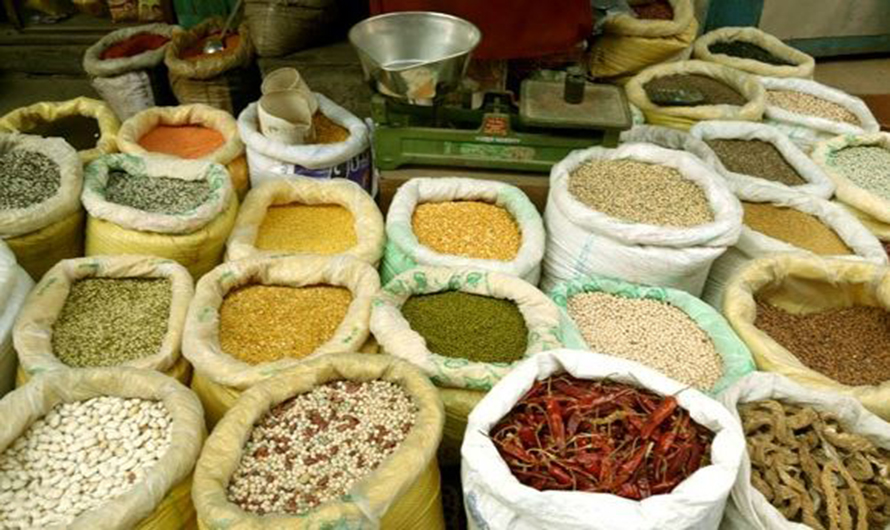

Just In
- Rising food prices cause business slowdown
- Madhesh Province Assembly meeting postponed after Janamat’s obstruction
- Relatives of a patient who died at Karnali Provincial Hospital 6 days ago refuse body, demand action against doctor
- Khatiwada appointed as vice chairman of Gandaki Province Policy and Planning Commission
- China's economy grew 5.3% in first quarter, beating expectations
- Nepal-Bangladesh foreign office consultations taking place tomorrow
- Kathmandu once again ranked as world’s second most-polluted city
- PHC endorses Raya as Auditor General







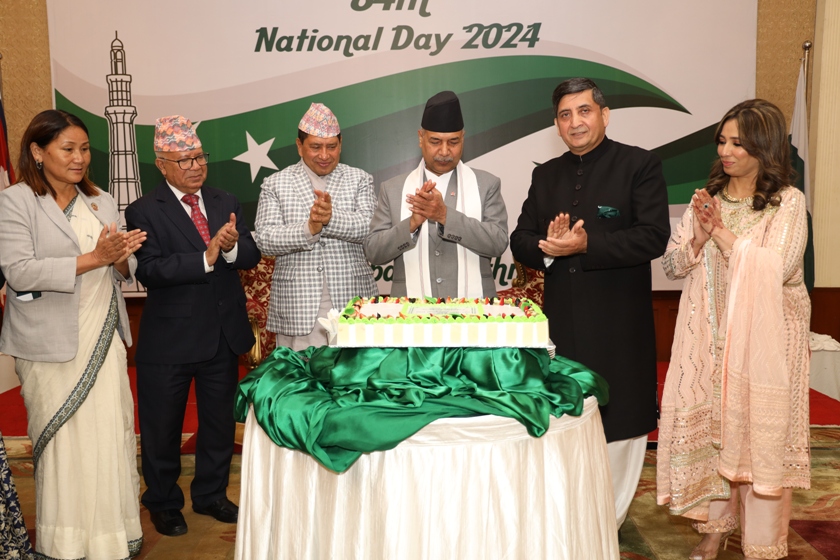

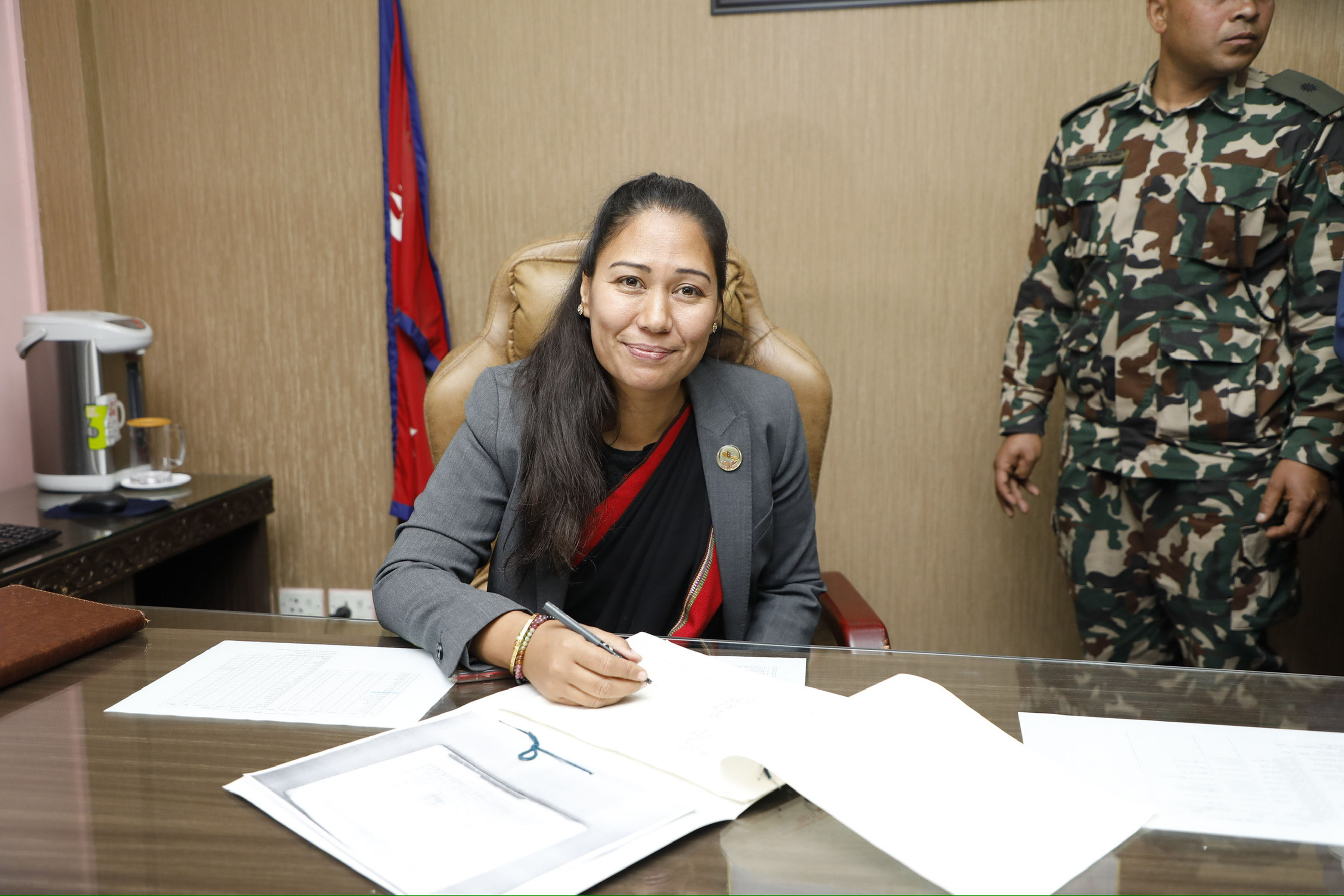
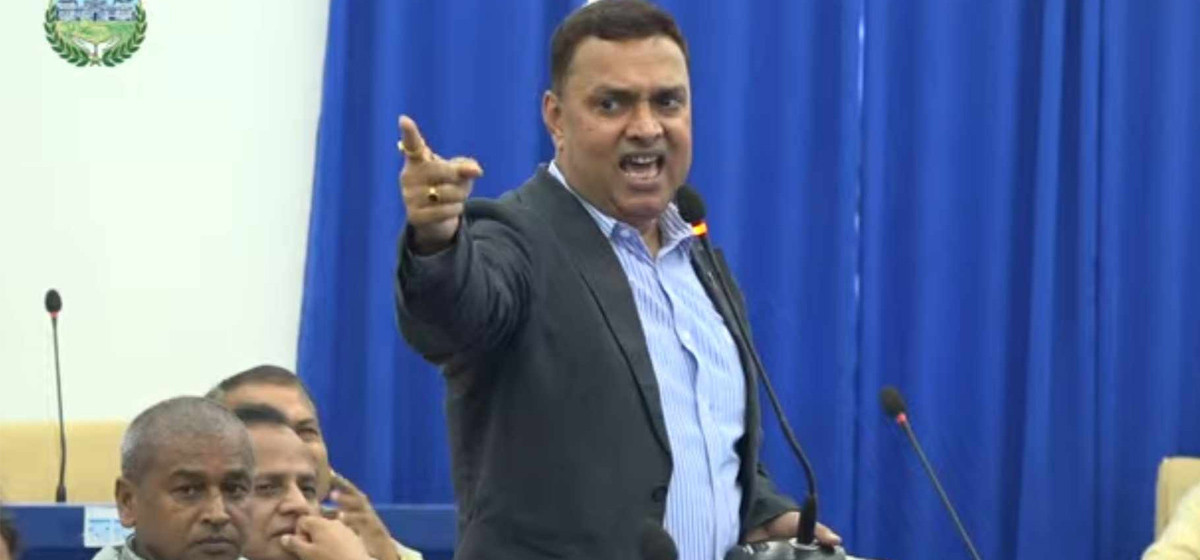
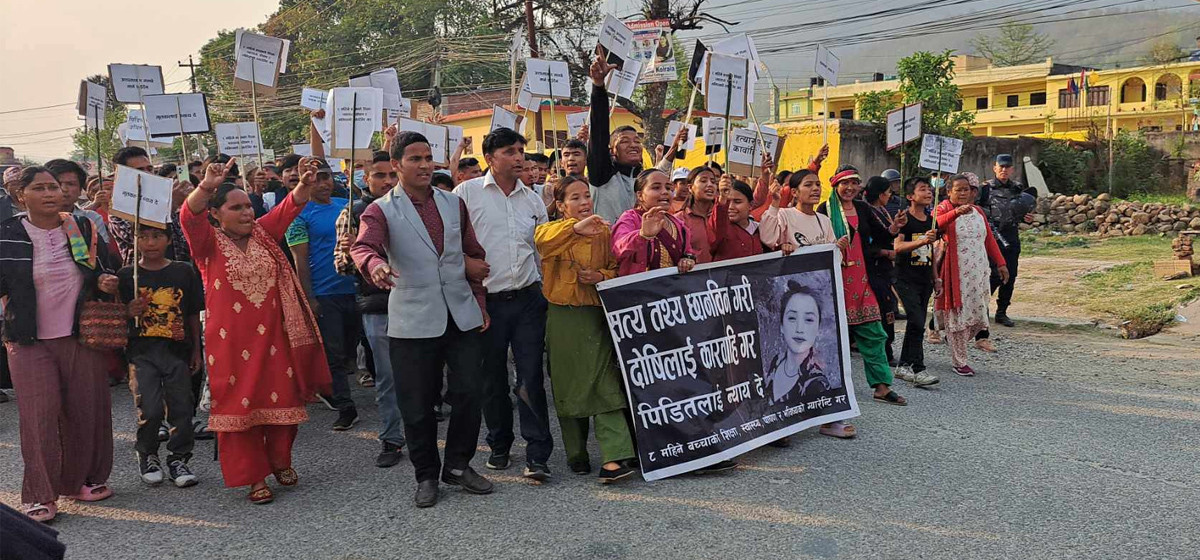
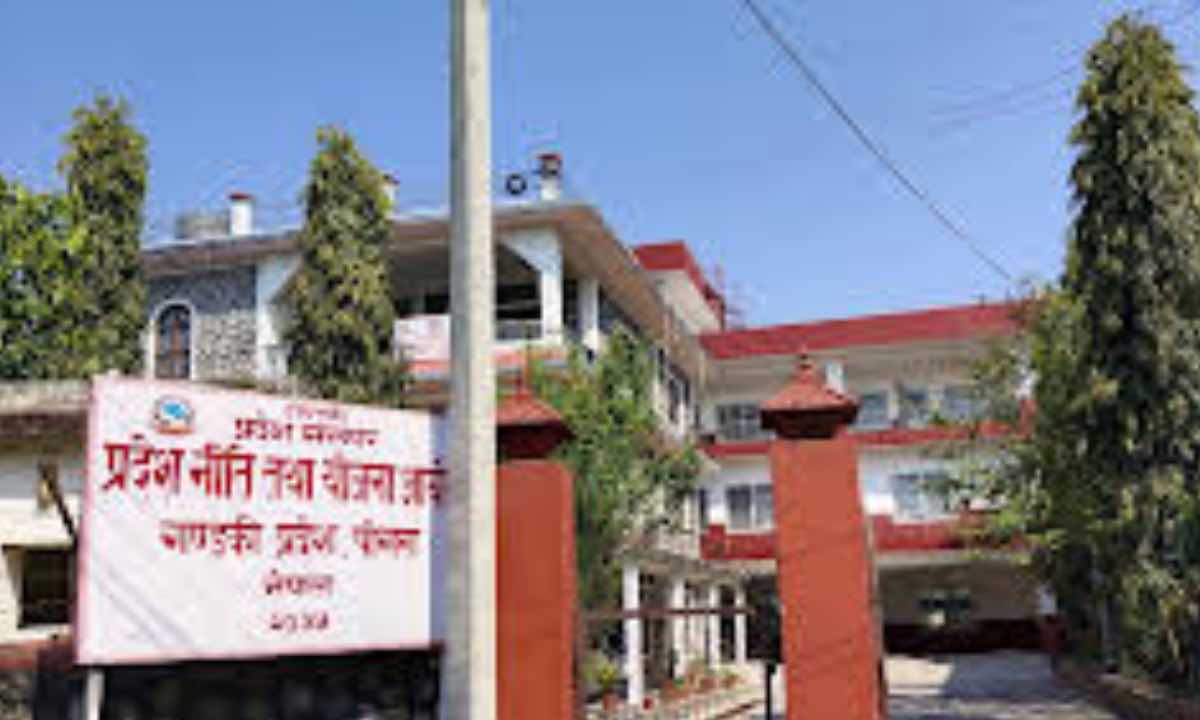



Leave A Comment